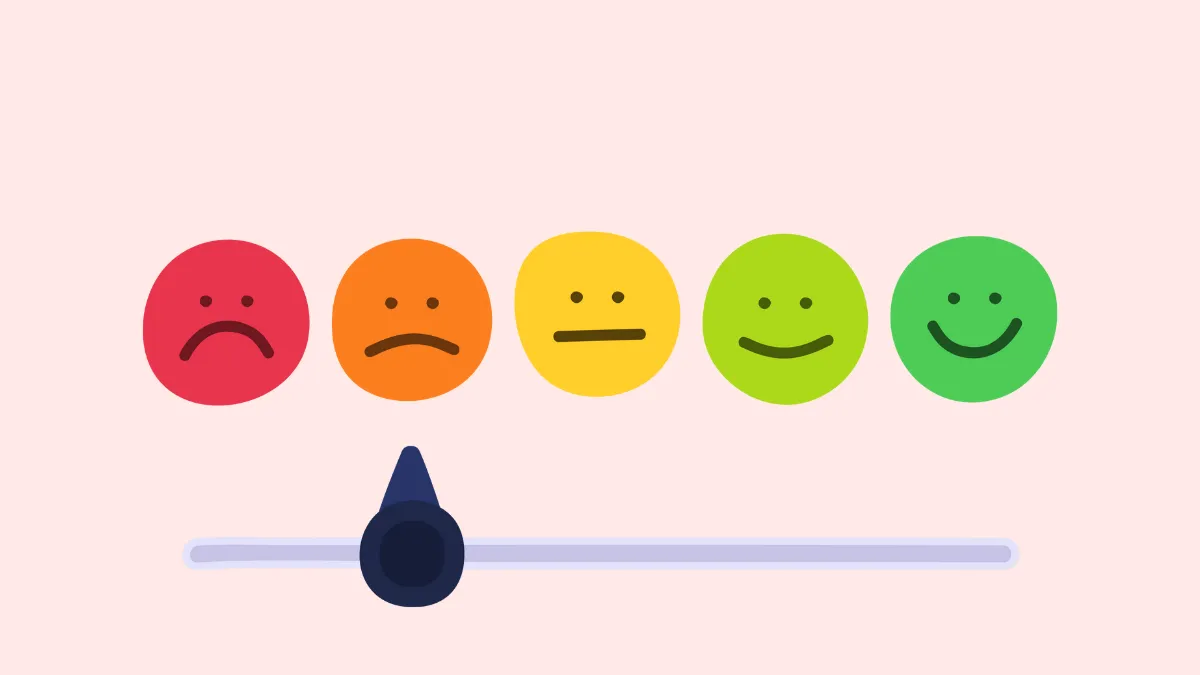What is Sentiment Analysis?
Sentiment Analysis is a method used in the foreign exchange market to assess the emotions of market participants. Its core purpose is to understand whether the majority of traders in the market have an optimistic or pessimistic view of a specific currency or market, thereby helping traders predict future price trends. Sentiment Analysis focuses on the psychological changes of market participants and infers potential future price fluctuations through market behavior.1. Basic Principles of Sentiment Analysis
In financial markets, price movements are influenced not only by economic data and technical indicators but also by the emotions of market participants. Sentiment Analysis attempts to capture the overall sentiment of the market to predict future market trends. Market sentiment is typically divided into two categories:- Optimistic Sentiment: When the majority of traders believe the market will rise, their behavior tends to buy, which drives prices up.
- Pessimistic Sentiment: When the majority of traders expect the market to fall, they tend to sell, which depresses prices.
Sentiment Analysis can help traders anticipate market turning points because when market sentiment is overly optimistic or overly pessimistic, reversals often occur.
2. Main Tools of Sentiment Analysis
Market sentiment can be measured through various tools and indicators. Here are some common sentiment analysis tools:- Investor Sentiment Index: This type of indicator measures the overall sentiment of investors by surveying or analyzing the ratio of buyers to sellers in the market. For example, if most investors are bullish, this may indicate that market sentiment is overheated, and a correction may follow.
- Commitment of Traders Report: The COT report is published weekly by the U.S. Commodity Futures Trading Commission (CFTC) and shows the positions of various traders in the futures market. By analyzing the position distribution of large investors and retail traders, traders can gauge market sentiment. For instance, when large investors significantly increase their long positions, it may indicate a higher bullish sentiment in the market.
- Volume Analysis: Volume is a very important market sentiment indicator. If price rises accompanied by high trading volume, it indicates strong market sentiment, and the price trend is likely to continue. Conversely, if price rises while volume decreases, it may indicate insufficient sentiment among market participants, and the trend may reverse.
- Fear and Greed Index: This is a composite indicator that assesses future market direction by measuring fear and greed emotions in the market. When the market is extremely greedy, it usually means prices are too high and may drop at any time; conversely, when the market is in a state of extreme fear, it is often a good time to buy the dip.
3. Applications of Sentiment Analysis
Sentiment Analysis is very useful in short-term trading, especially when market sentiment reaches extremes, often leading to price reversals. For example, when the market is overly bullish, it means that most investors have entered the market, leaving limited buying momentum, and the market may be nearing a peak. Similarly, when the market is overly bearish, selling pressure may gradually fade, and prices may start to rebound.Sentiment Analysis can also help traders determine entry and exit points in the market. When market sentiment is overly optimistic, traders may consider reducing long positions or shorting the market; when market sentiment is overly pessimistic, traders may consider buying on dips.
4. Advantages and Disadvantages of Sentiment Analysis
Advantages:- Predicting Market Reversals: Sentiment Analysis can capture extreme market emotions, which helps traders predict potential market reversal points.
- Combining with Technical Analysis: Using Sentiment Analysis in conjunction with Technical Analysis can increase the success rate of trades. For example, when technical indicators show overbought or oversold conditions, Sentiment Analysis can confirm the short-term trend of the market.
- Relatively Subjective: Unlike Technical Analysis and Fundamental Analysis, Sentiment Analysis is more subjective because it relies on traders' judgments of market psychology. This subjectivity makes it difficult to quantify Sentiment Analysis accurately.
- Not Suitable for Long-Term Trends: Sentiment Analysis is more suitable for short-term trading, and its effectiveness is limited for long-term market trends.
5. Combining Sentiment Analysis with Other Analytical Methods
Sentiment Analysis is often used in conjunction with Technical Analysis and Fundamental Analysis to enhance the accuracy of trading decisions. When Fundamental Analysis indicates that a currency has strong long-term potential, Technical Analysis can help find entry points, while Sentiment Analysis can determine whether the market is overreacting. For example, when Technical Analysis shows that the market is overbought, and Sentiment Analysis indicates that market optimism is too high, this may signal a shorting opportunity.Case Study of Sentiment Analysis:
Suppose the Sentiment Index in the foreign exchange market shows that the majority of traders are optimistic about the Euro, and the Euro/USD price has been rising for several consecutive days. However, at the same time, the COT report shows that institutional investors are starting to reduce their long positions, indicating that the buying pressure in the market may be nearing saturation. In this case, traders may consider shorting when the Euro/USD peaks to capture potential market pullback opportunities.Conclusion
Sentiment Analysis is an effective tool for measuring the emotions of market participants, helping traders anticipate market reversal points. Although Sentiment Analysis is highly subjective, combining it with Technical Analysis and Fundamental Analysis can enhance its accuracy. For those looking to capture short-term market fluctuations, Sentiment Analysis is an indispensable auxiliary tool.Hi, We are the Mr.Forex Research Team
Trading requires not just the right mindset, but also useful tools and insights.Here, we focus on Global Broker Reviews, Trading System Setup (MT4 / MT5, EA, VPS), and Forex Trading Basics.
We personally teach you to master the "Operating Manual" of financial markets, building a professional trading environment from scratch.
If you want to move from theory to practice:
- Help share this article to let more traders see the truth.
- Read more articles on Broker Tests and Forex Education.





